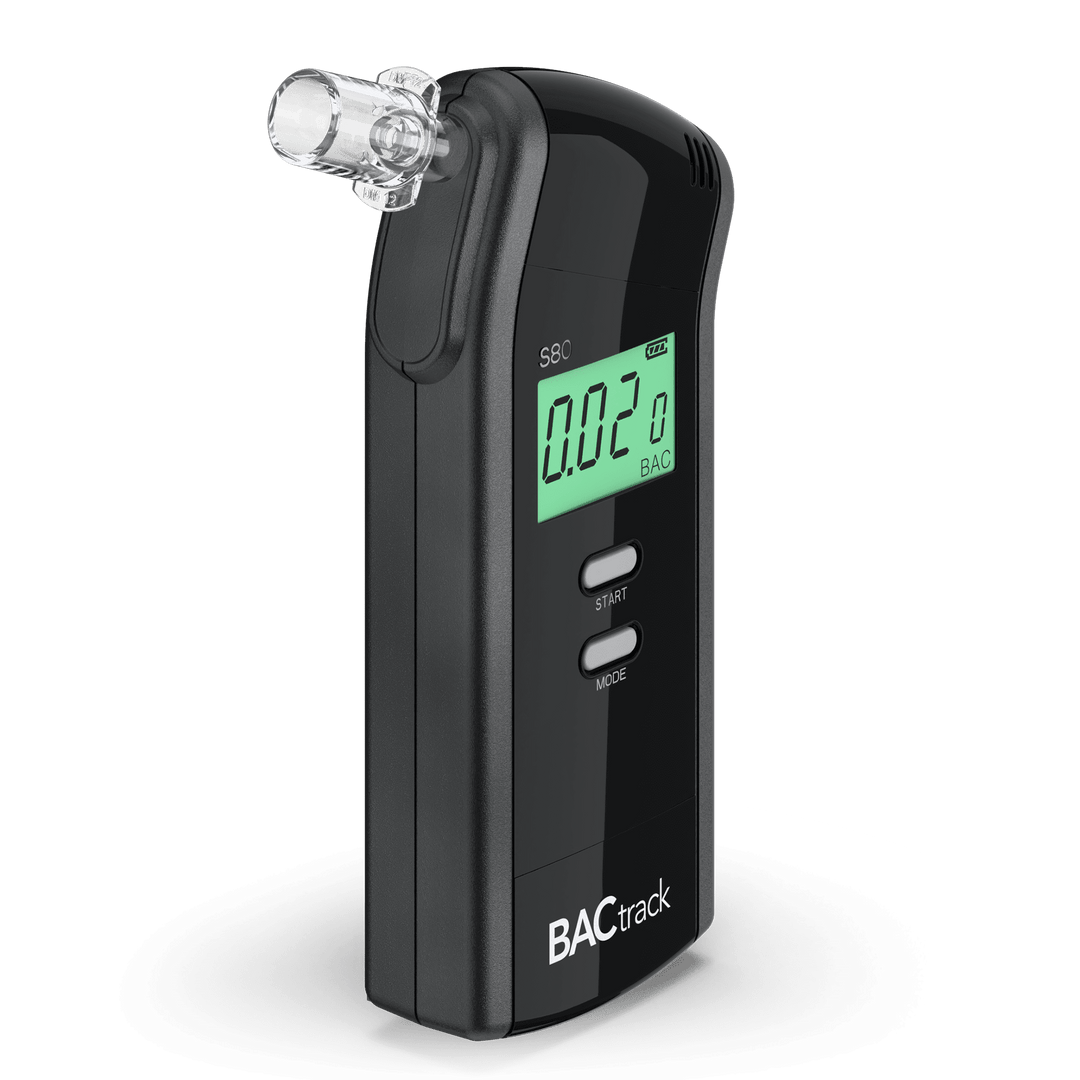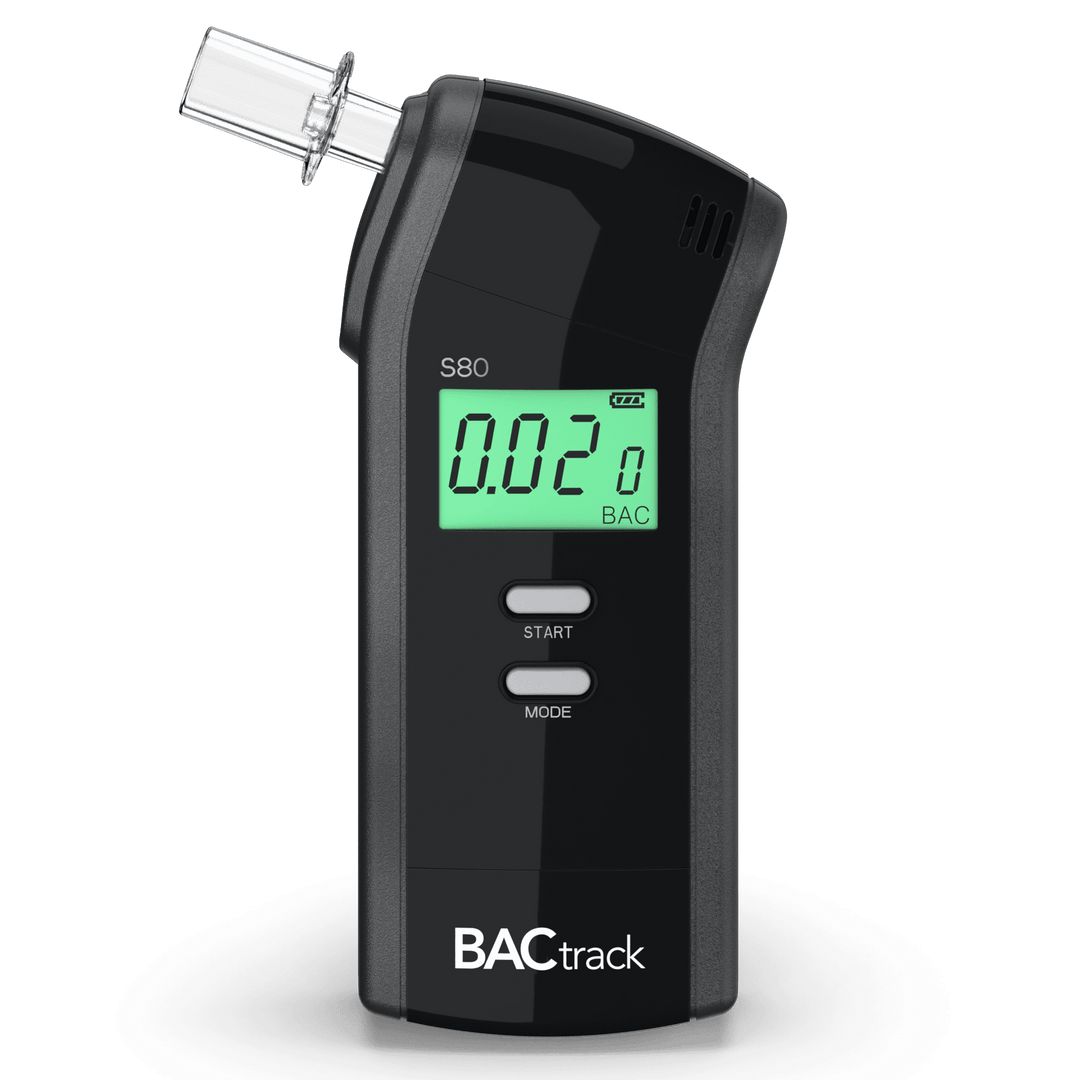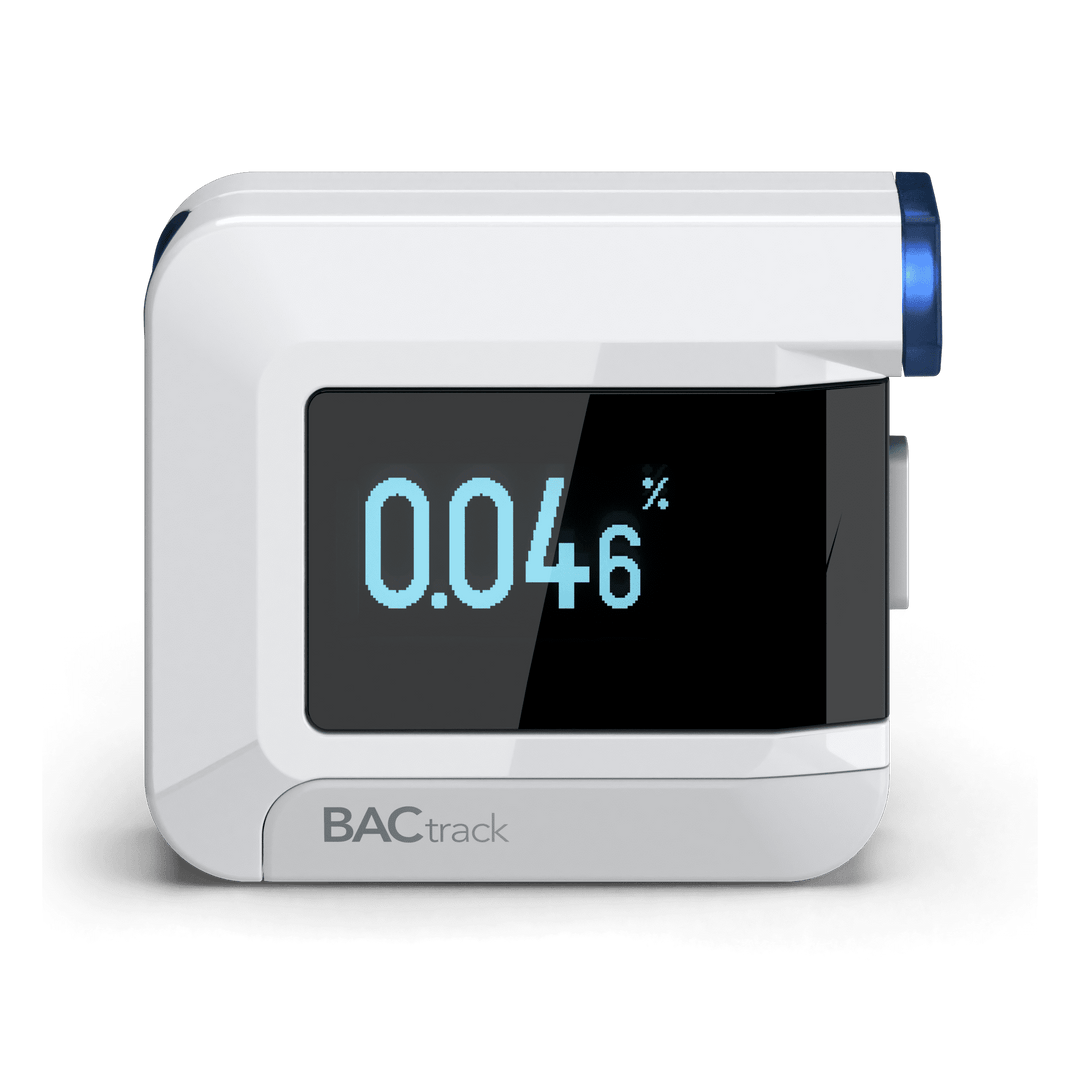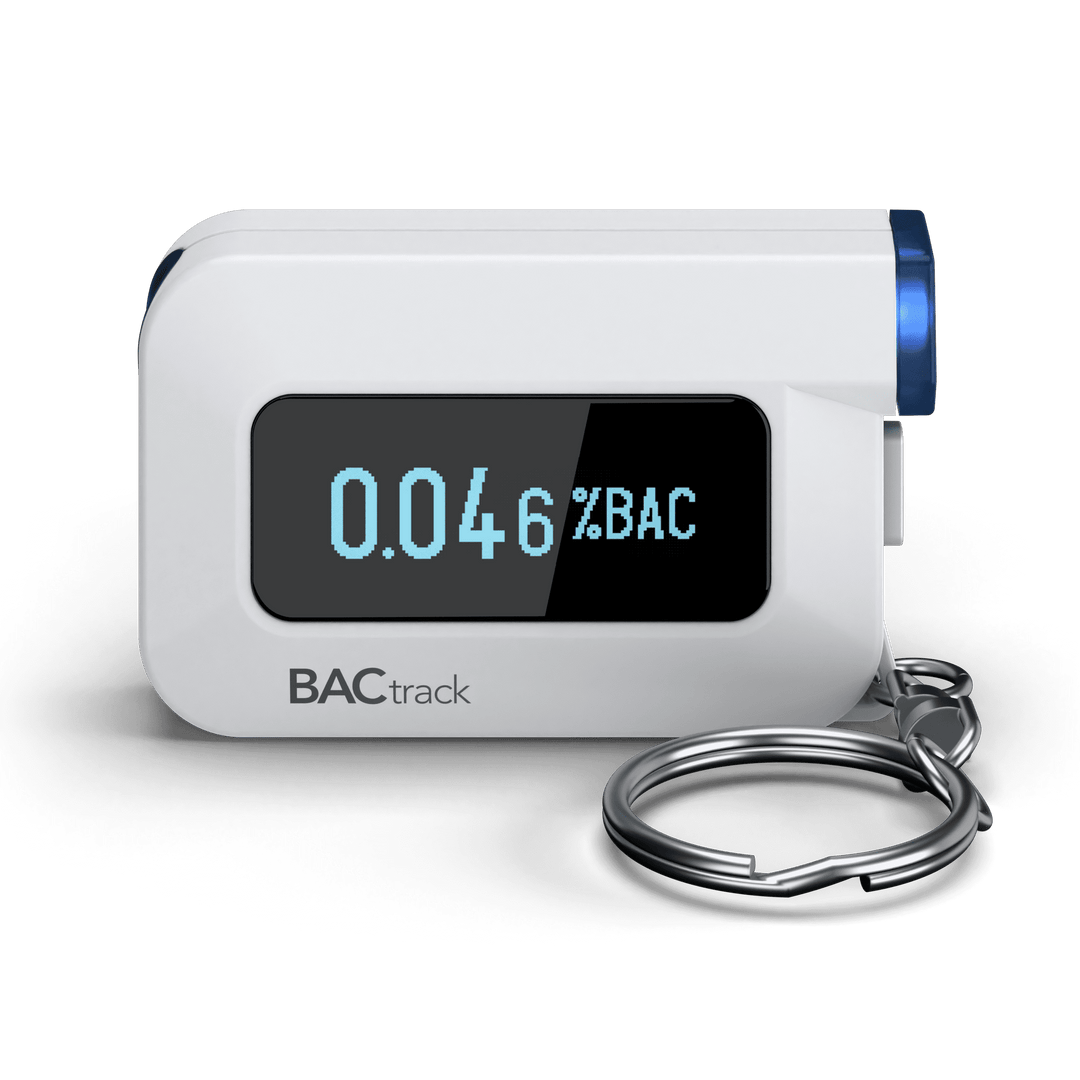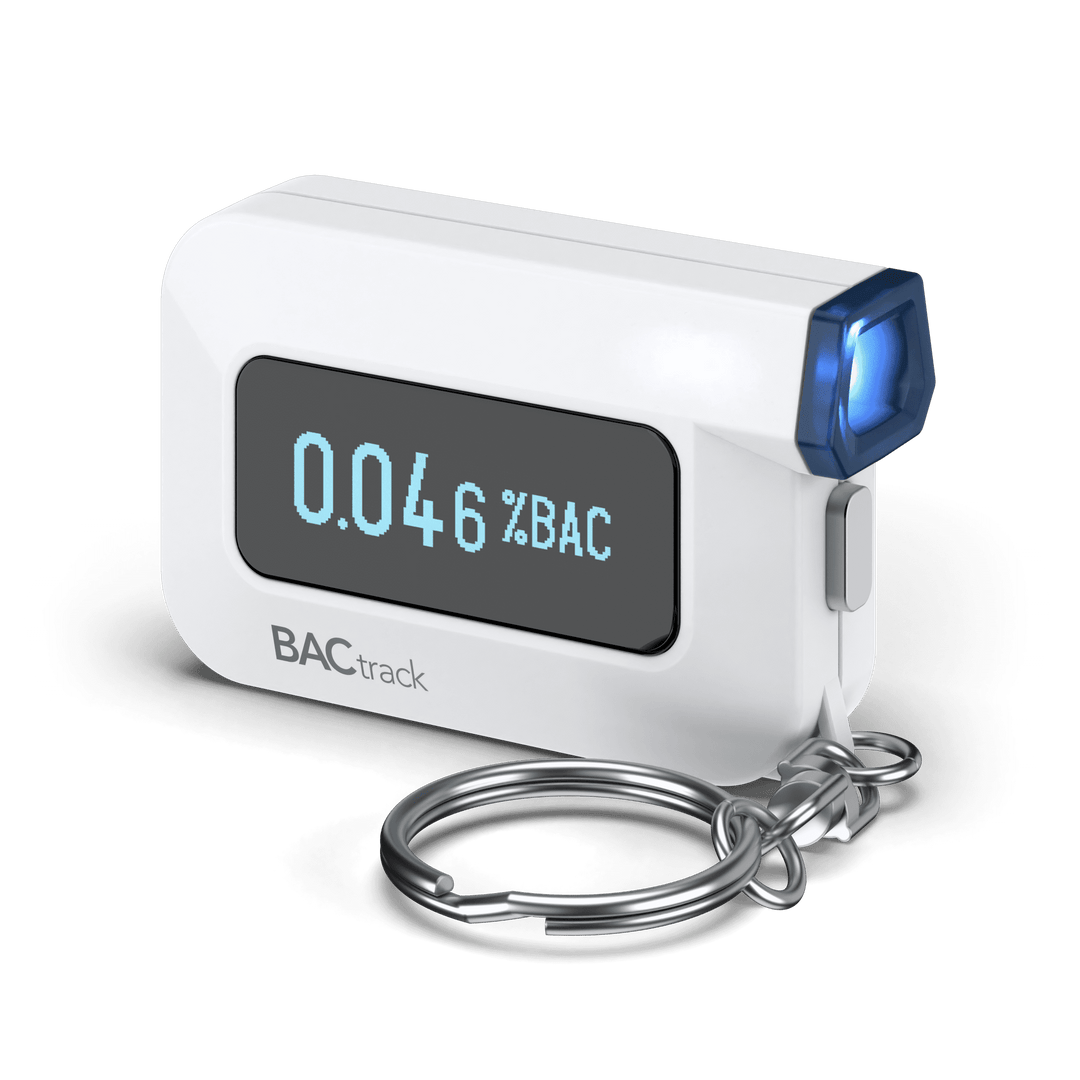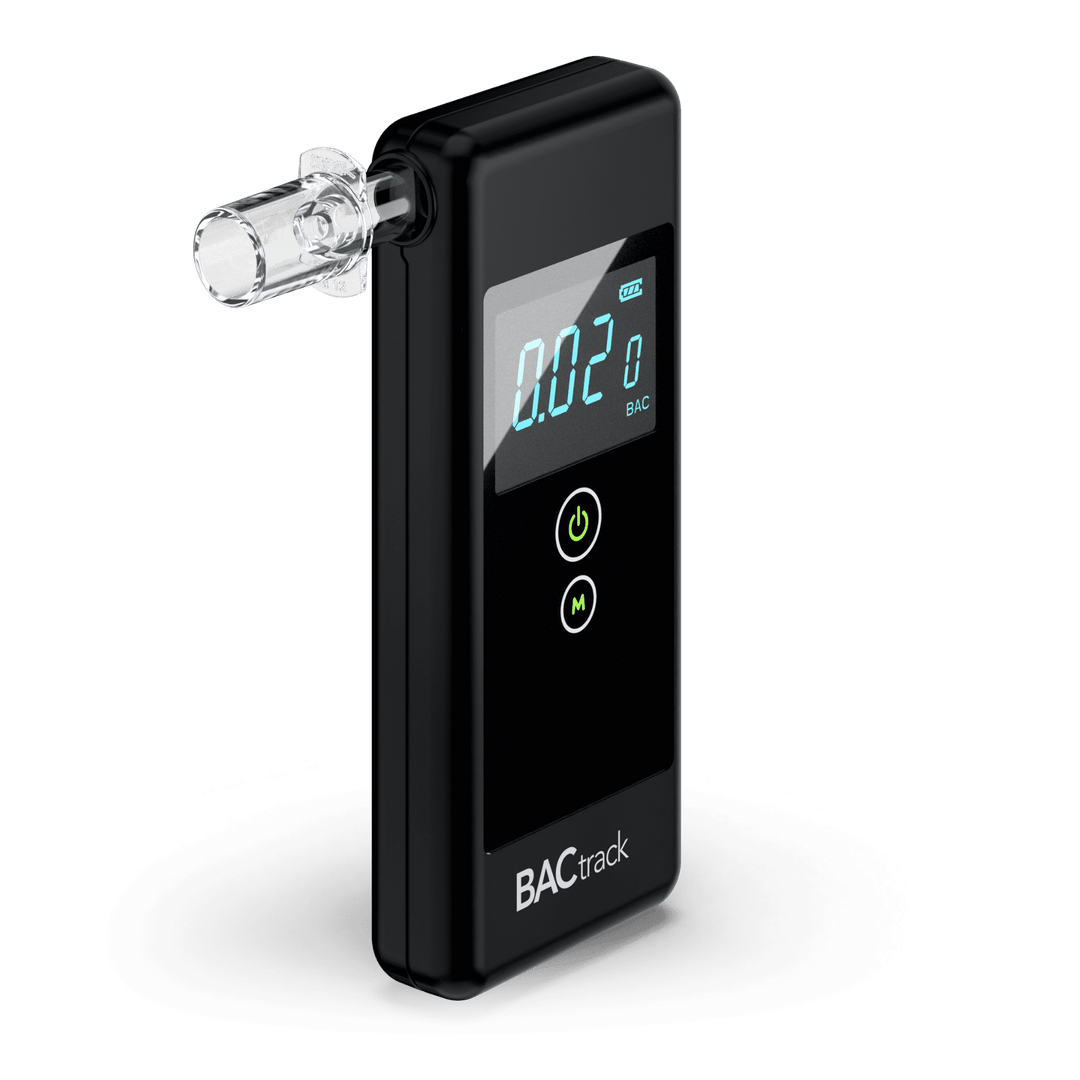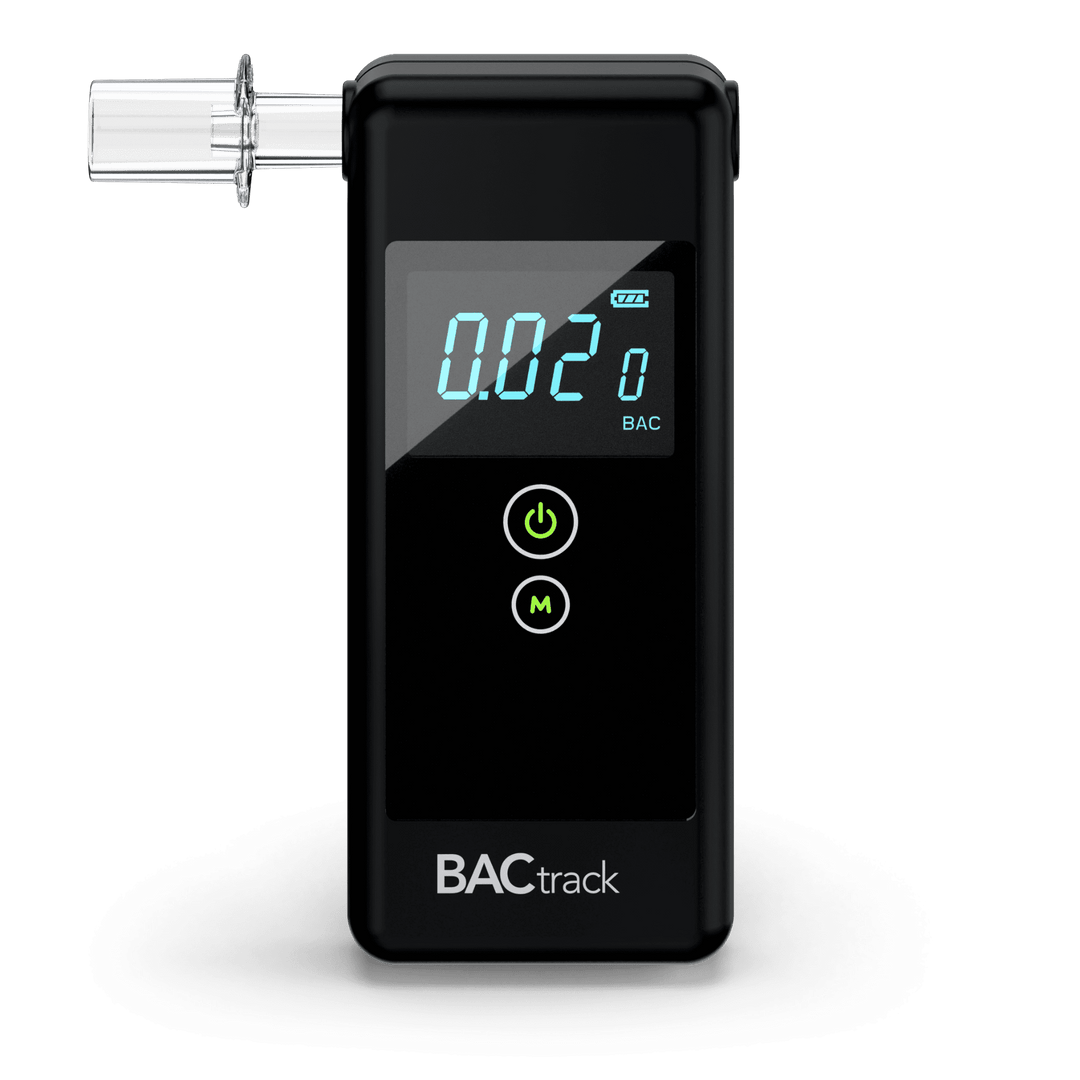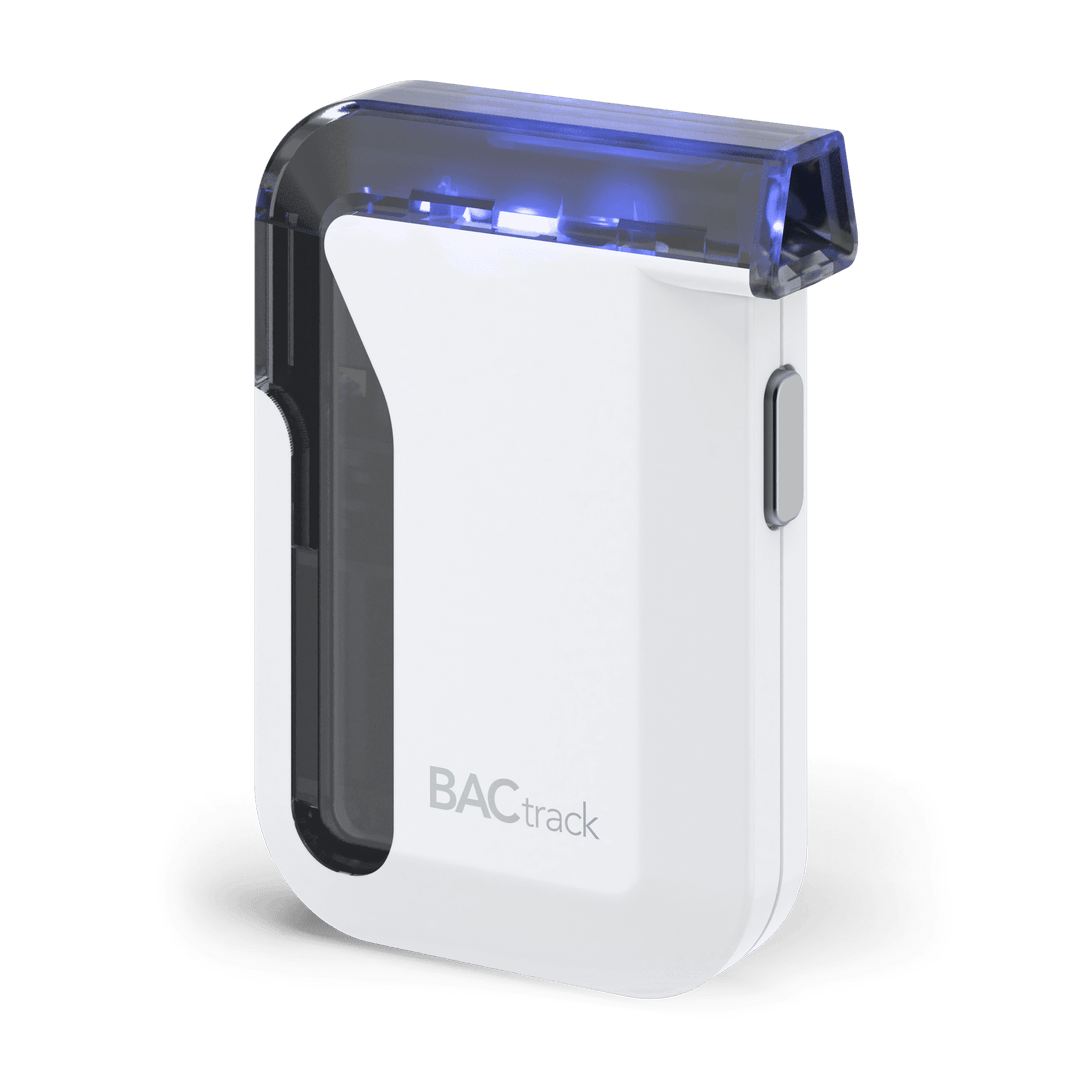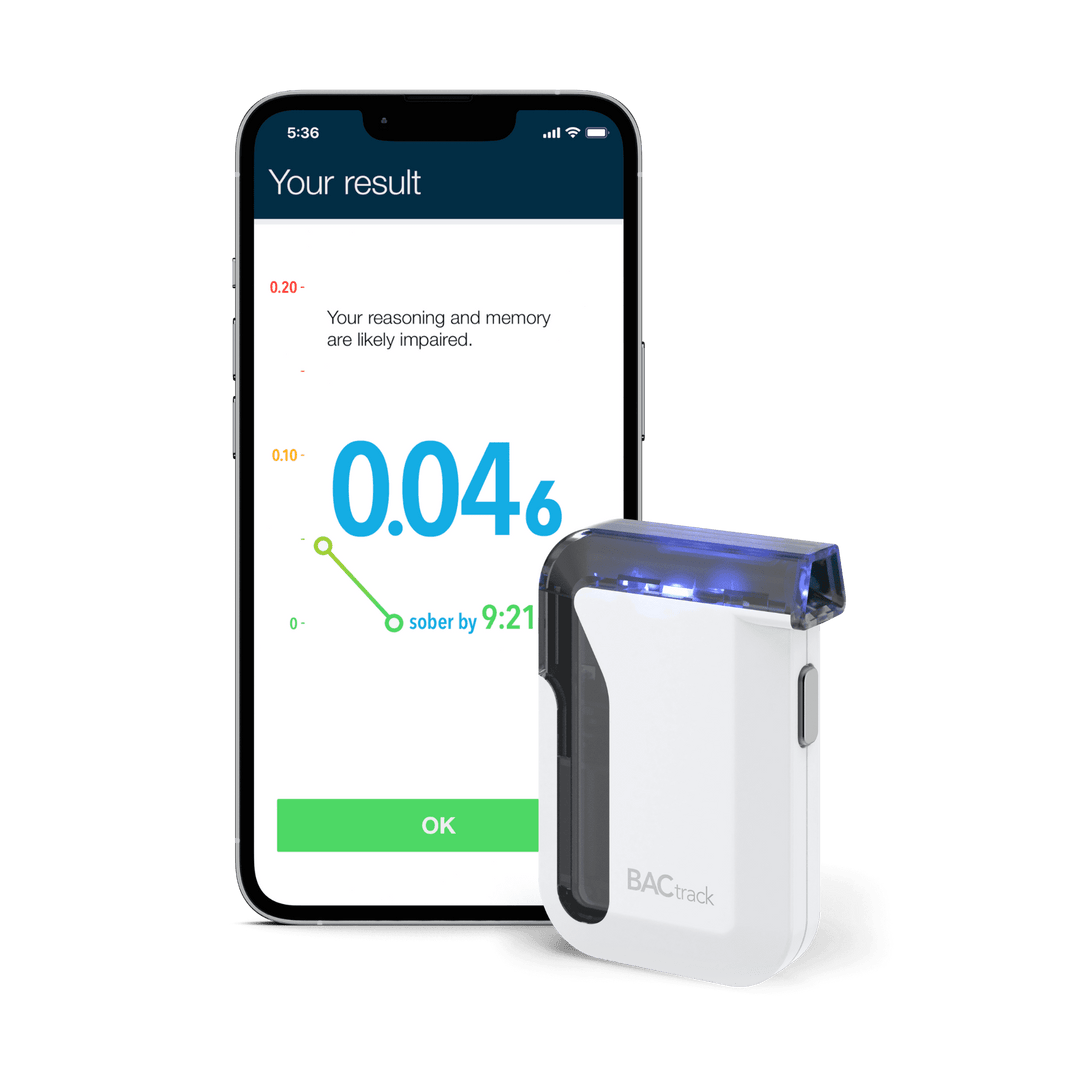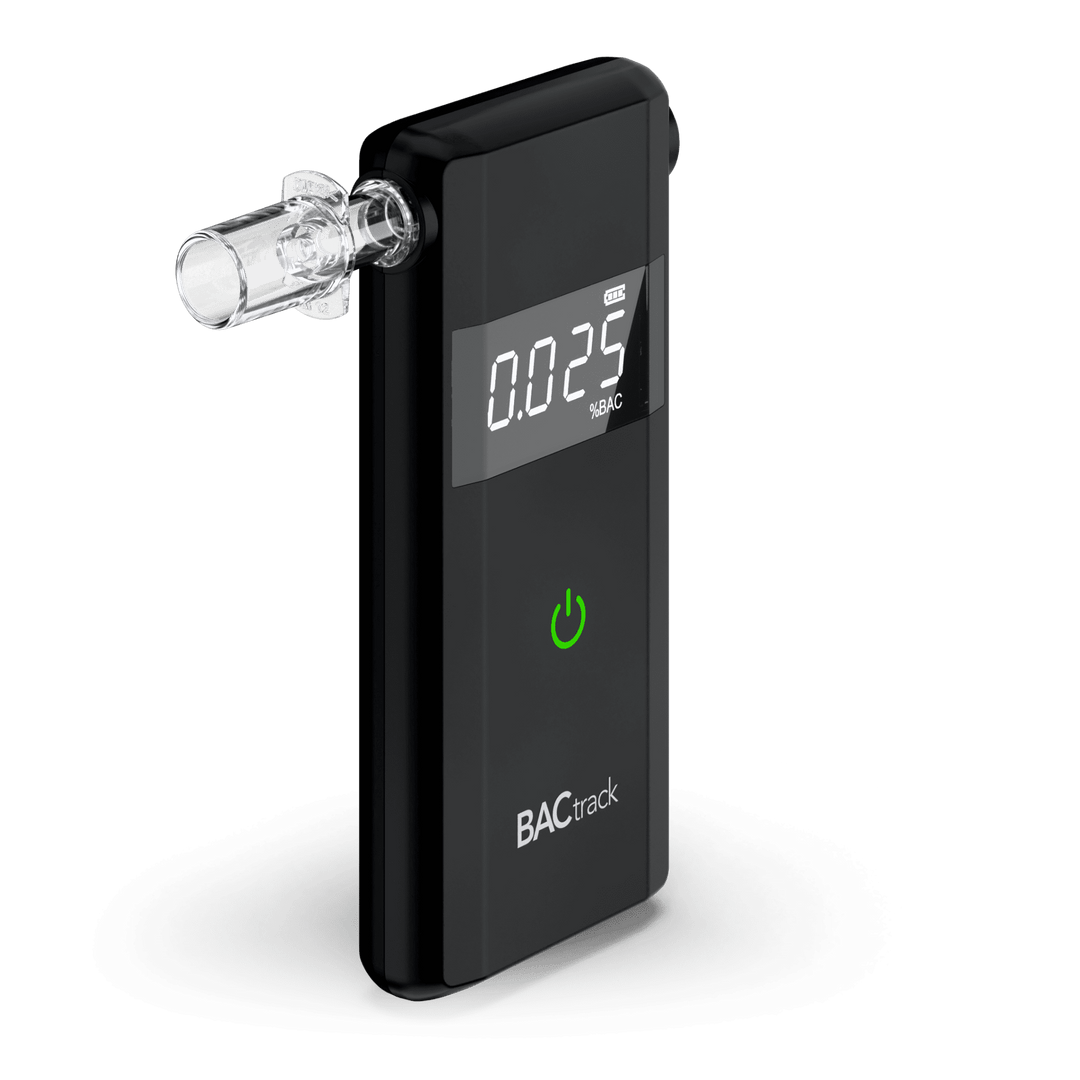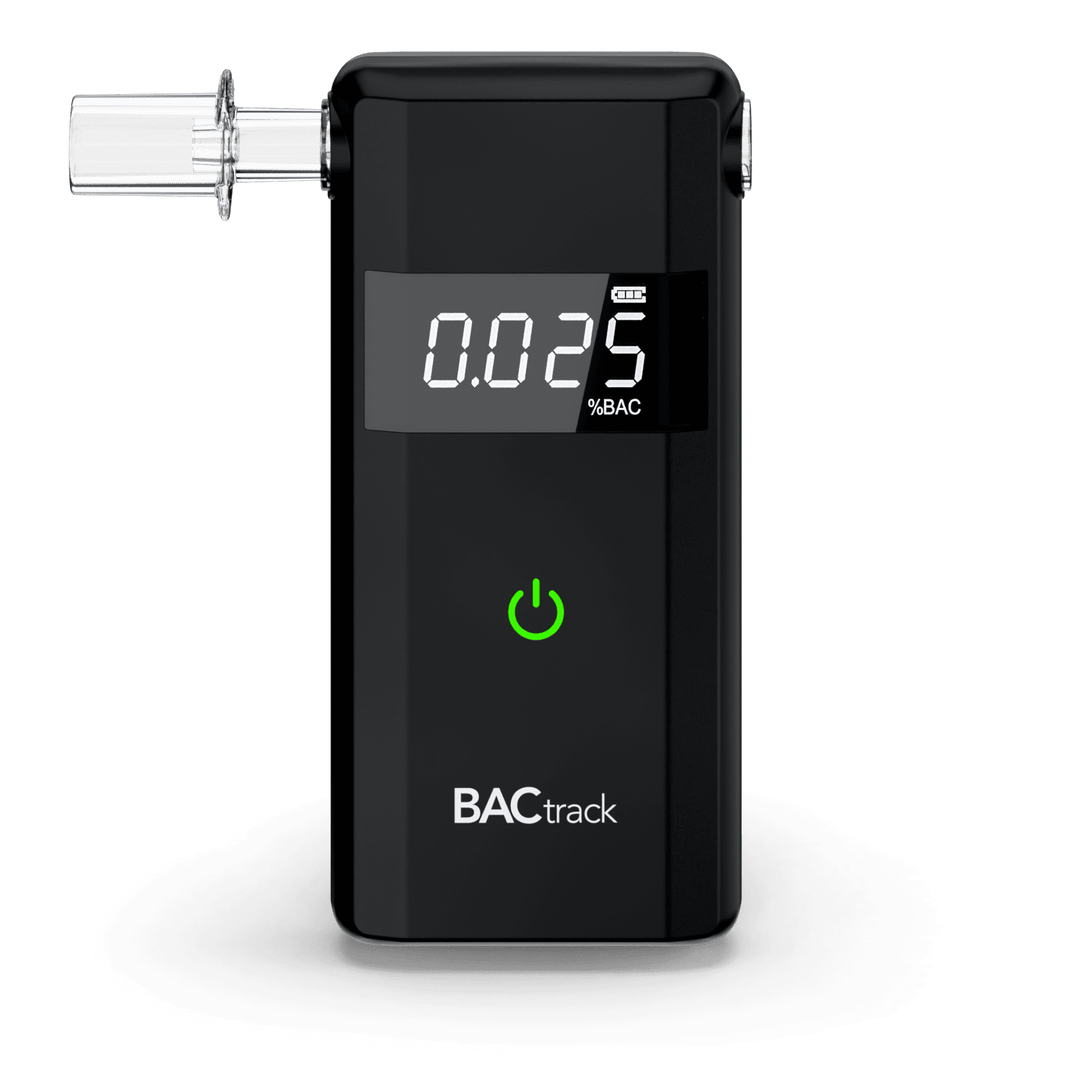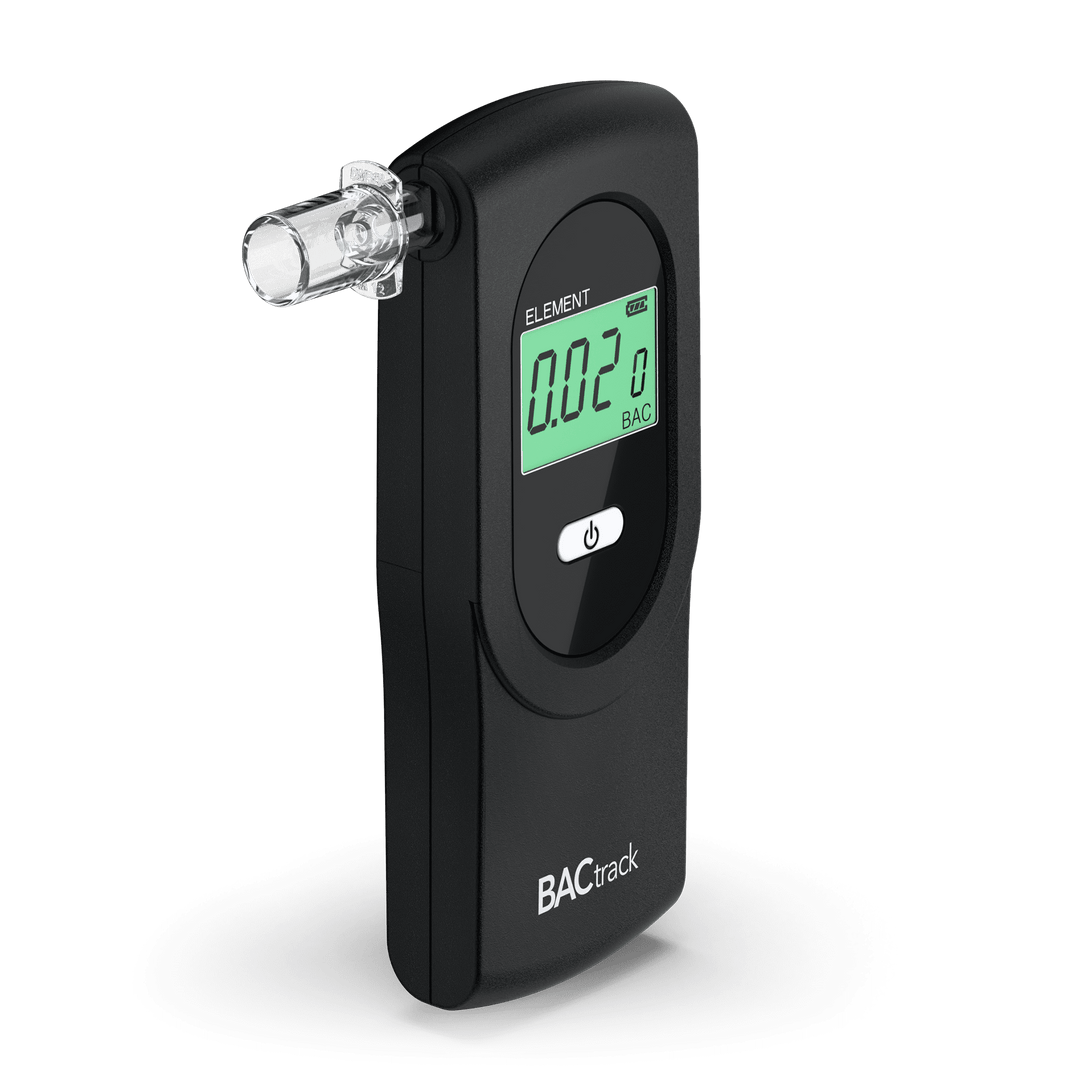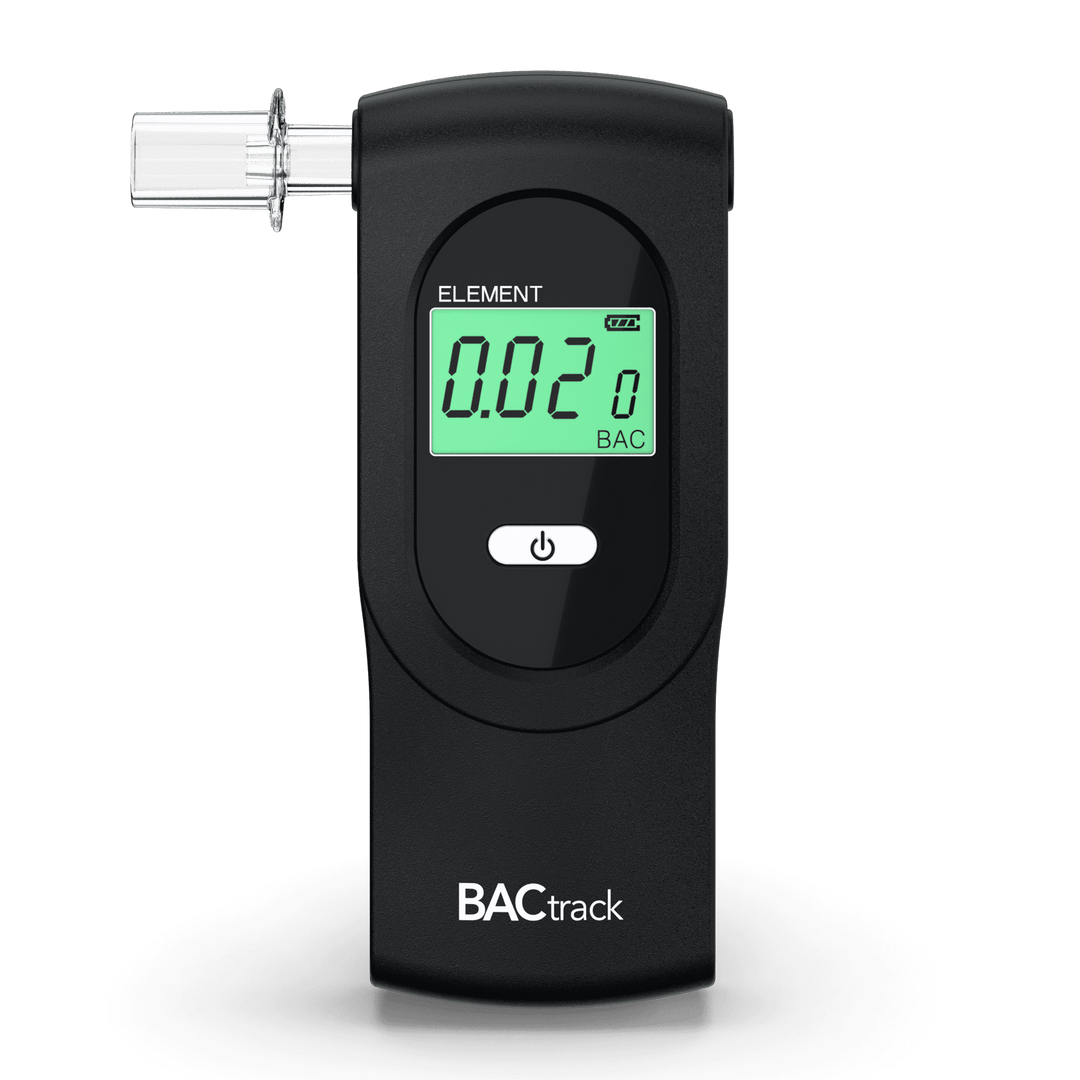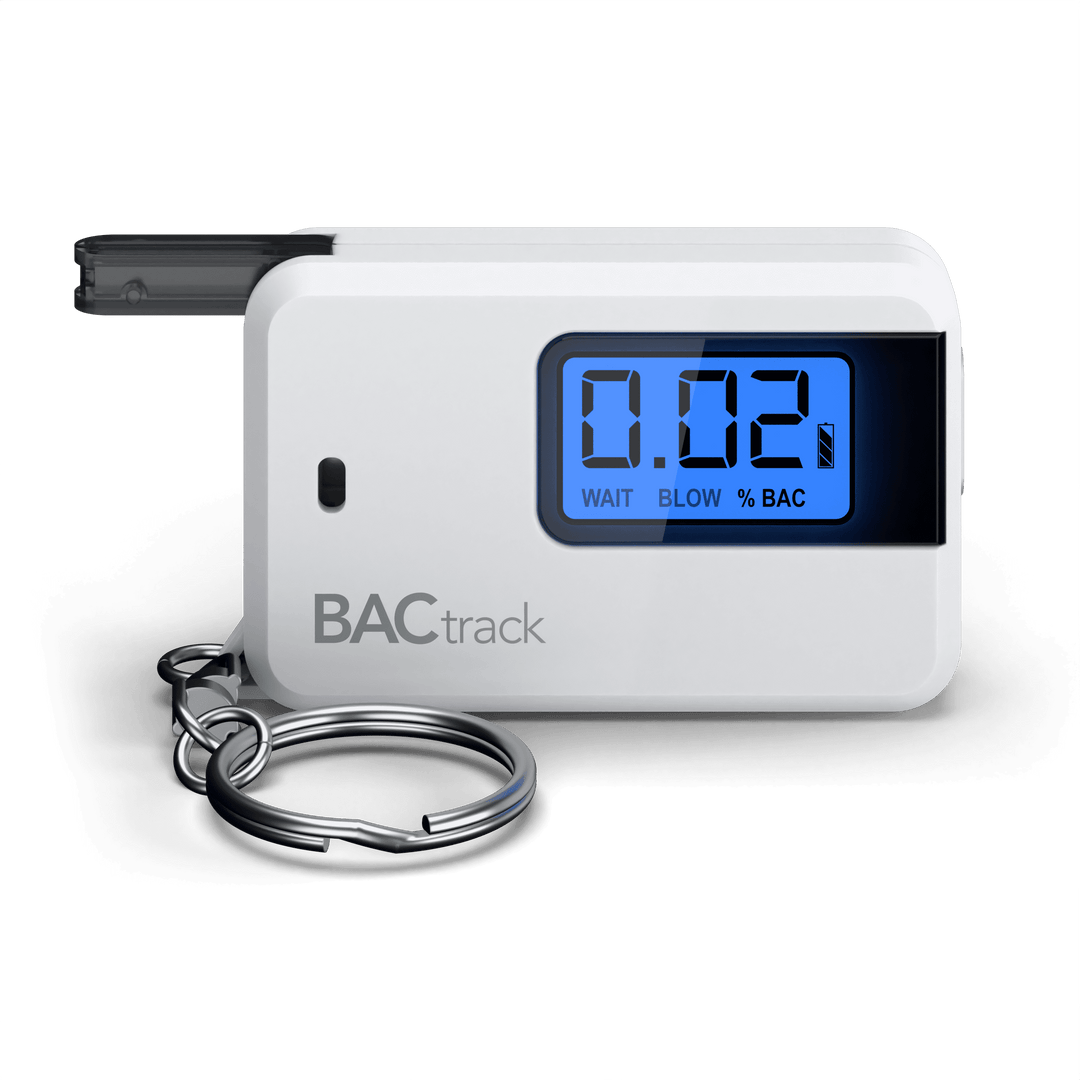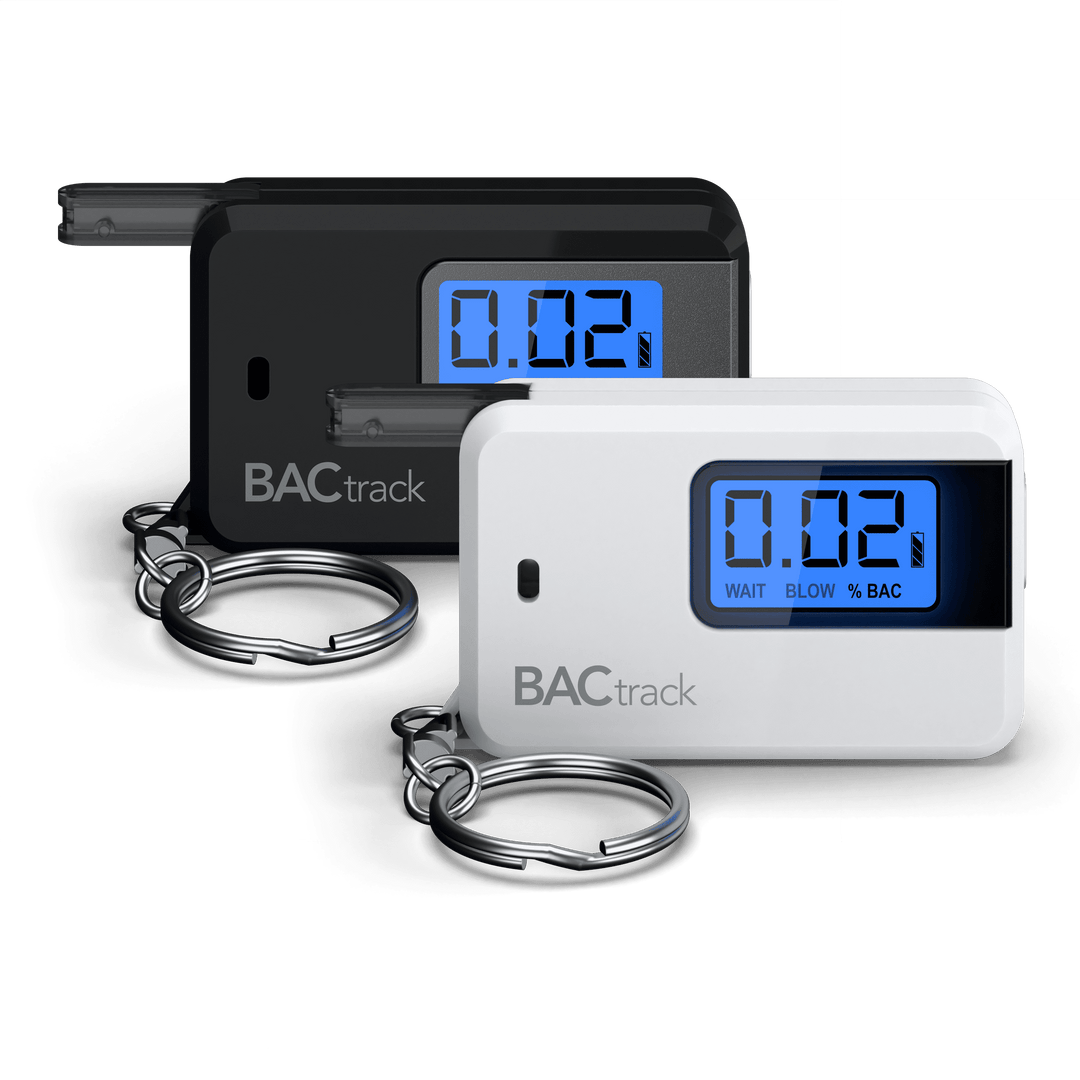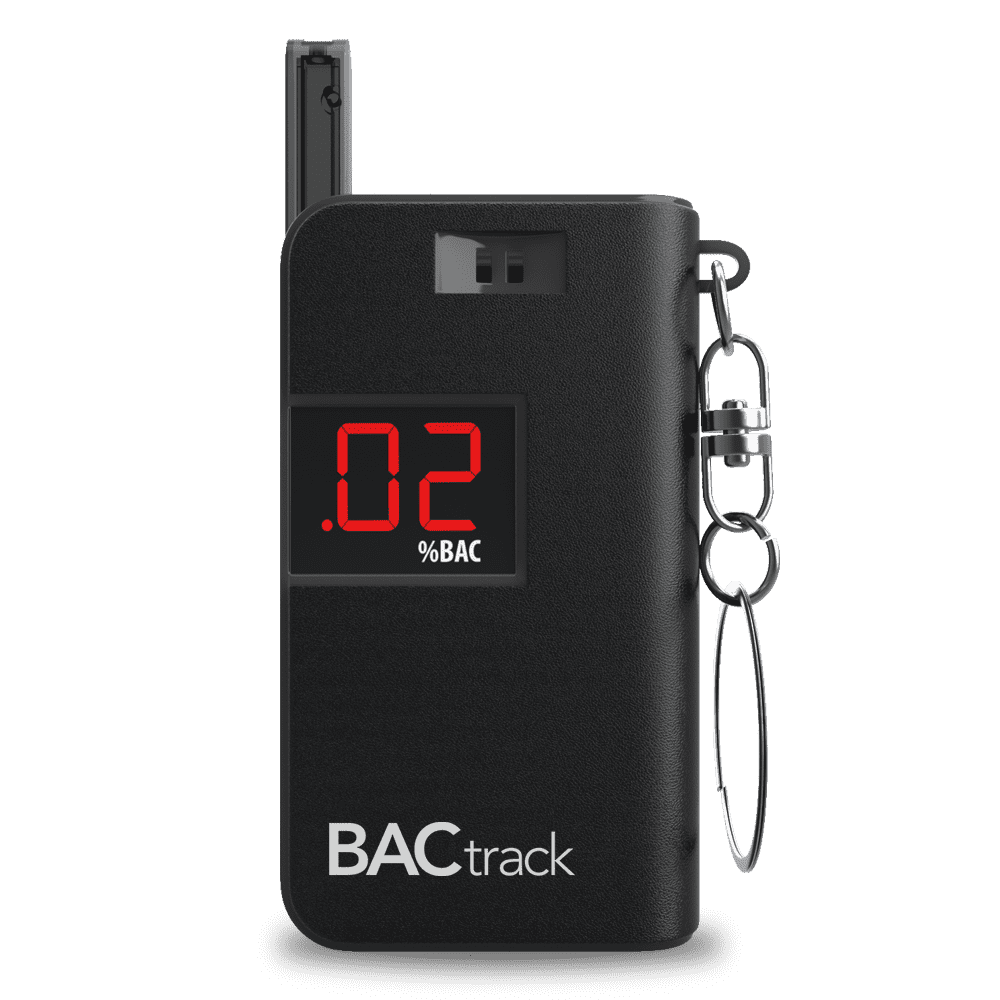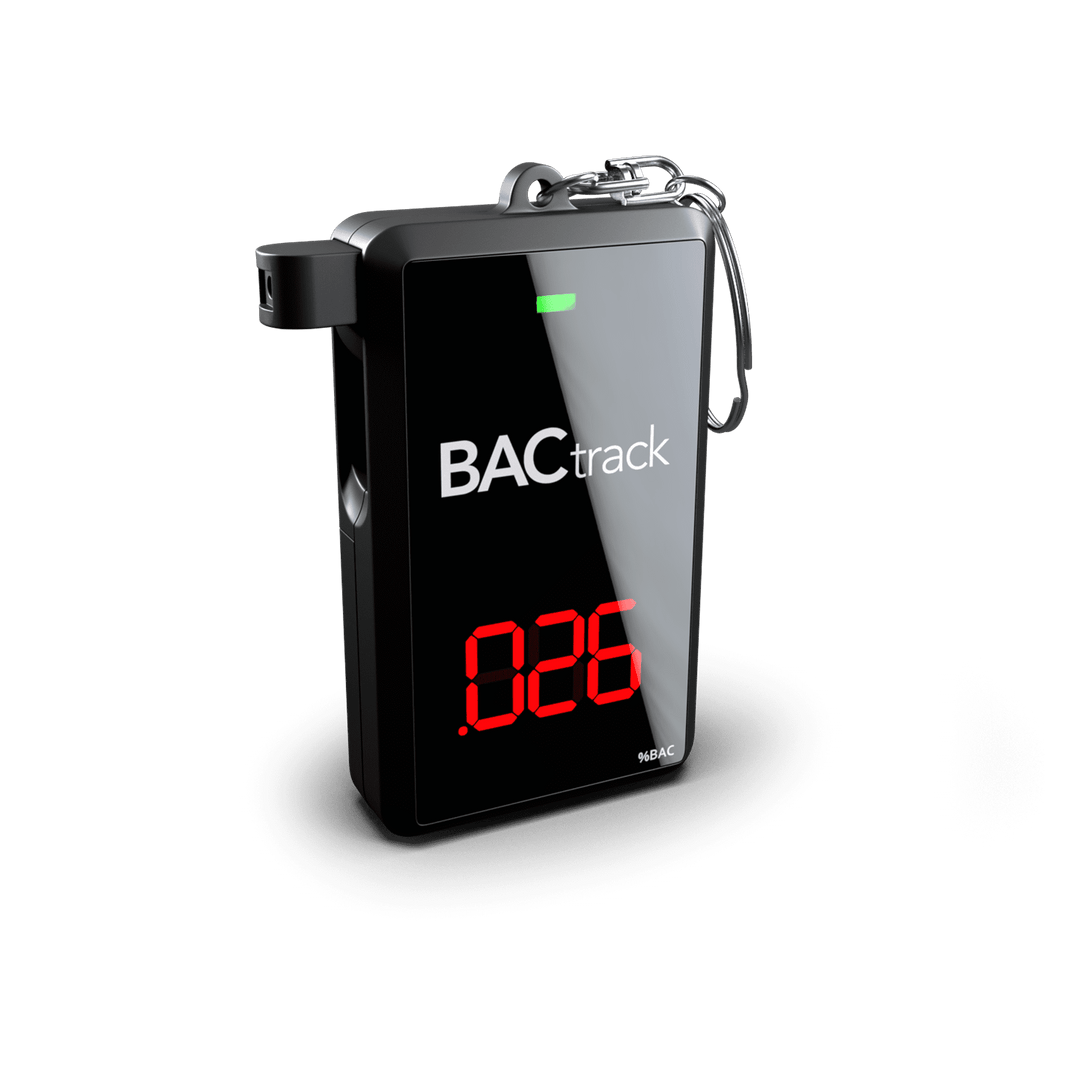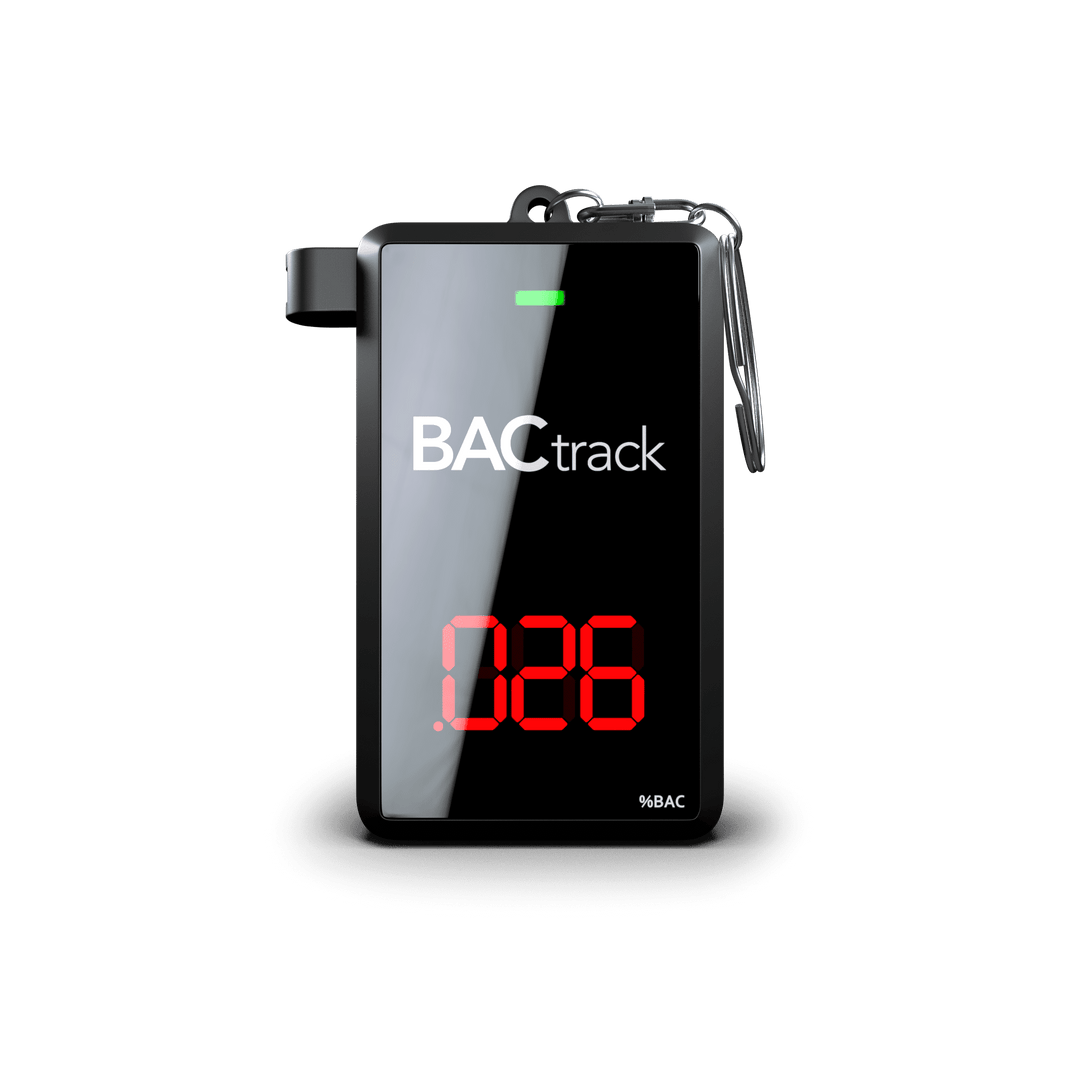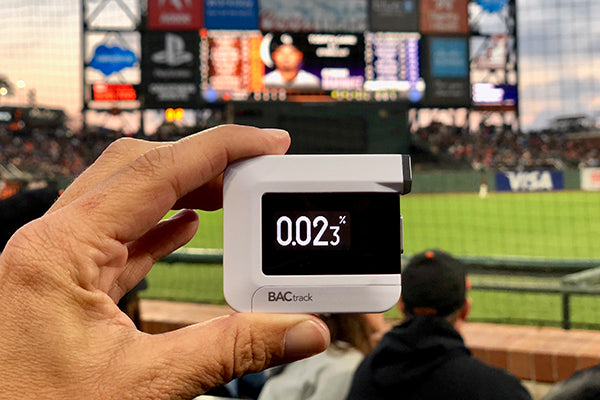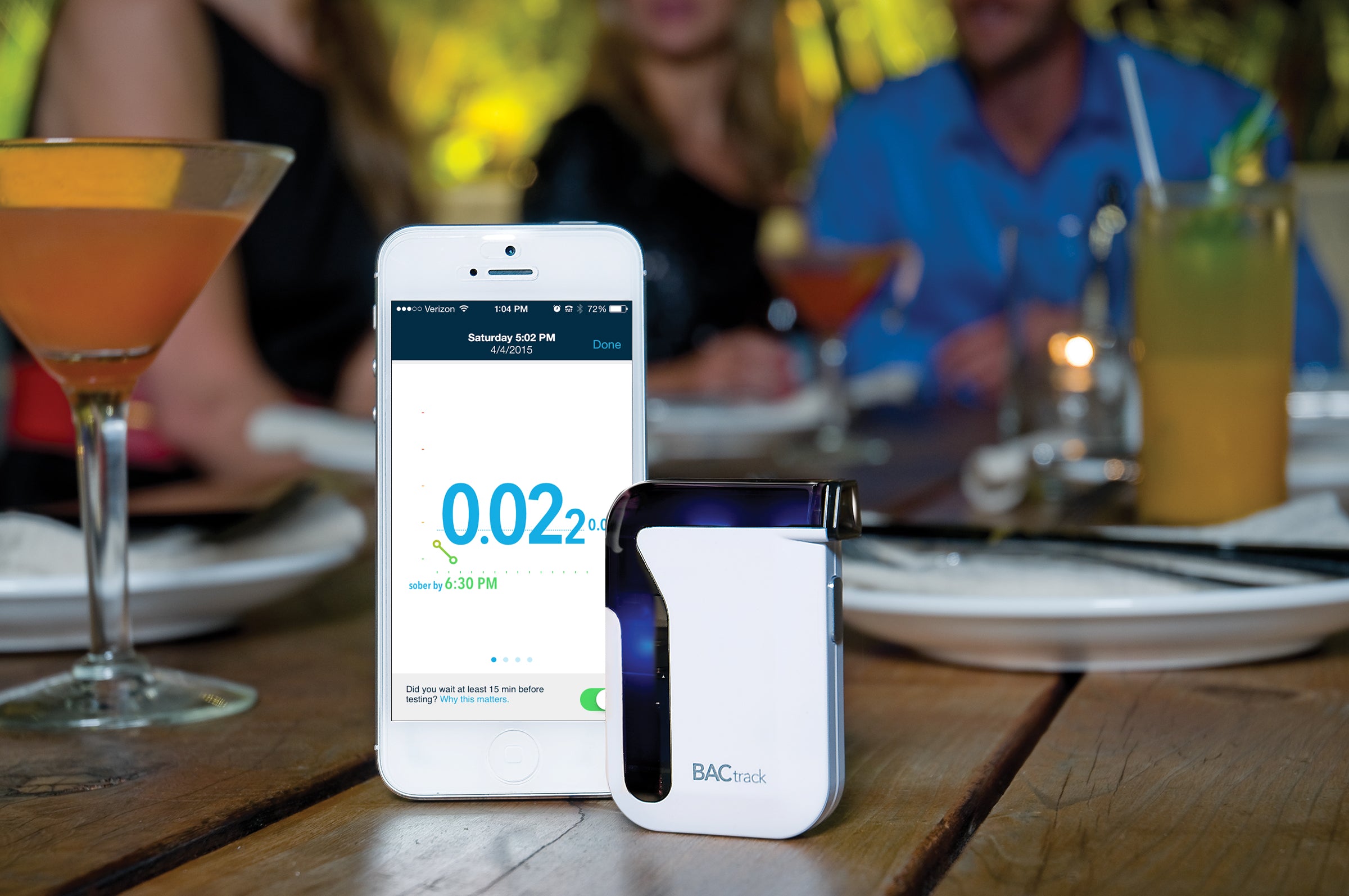Most breathalyzers use one of three technologies to detect Blood Alcohol Content (BAC), which is the concentration of alcohol in a person's blood: a semiconductor oxide sensor, a fuel cell sensor or an infrared spectrometer.
Semiconductor oxide-based testers, such as the BACtrack S35 and BACtrack Vio, which utilize BACtrack's own MicroCheck® Sensor Technology, are relatively new and very affordable. An ethanol-specific sensor is used to measure the subject's BAC. Semiconductor sensor technology often involves a tin-oxide material, which is less expensive than platinum fuel cell sensor technology. For personal, home, and low-volume professional testing, semiconductor models perform well and provide reliable readings.
For personal, home, and low-volume professional testing, semiconductor models perform well and provide reliable readings.
Fuel cell testers, such as BACtrack Professional Grade Breathalyzers, offer extremely high accuracy and sensitivity, in addition to being handheld and portable. In over 30 US states, roadside testing is now permitted using fuel cell testers. A fuel cell measures alcohol content by creating a chemical reaction that oxidizes the alcohol in the breath sample and produces an electrical current. The more alcohol that is oxidized, the greater the current. The current is measured to determine the subject's BAC. Fuel cell breathalyzers are used by individuals desiring the highest level of accuracy, as well as law enforcement officers for roadside screenings, in substance abuse centers, clinics, and in businesses.
Fuel cell sensors rely on an electrochemical process that oxidizes the alcohol in a breath sample and produces an electrical current that the breathalyzer measures to determine the BAC.
A fuel cell consists of two platinum electrodes that are partitioned by a porous acid-electrolyte material. As exhaled air passes through the fuel cell, the platinum oxidizes any alcohol present and produces acetic acid, protons and electrons. The electrons flow through a wire from the platinum electrodes and reveal the BAC. The strength of the current corresponds to the volume of alcohol present in the sample.
BACtrack has developed a proprietary Xtend® Fuel Cell Sensor which provides extremely accurate readings. The BACtrack Professional Series, all of which are equipped with Xtend Fuel Cell Sensor technology, are far more sensitive than semiconductor breathalyzers.
Overall, fuel cell sensors are the best, most accurate devices an individual or business can purchase because they deliver a high degree of reliability.
At higher BAC concentrations, fuel cell sensors offer more accurate readings than traditional semiconductor sensors. They are also not subject to false positives when used by diabetics or those on a low calorie diet. Overall, they are the best, most accurate devices an individual or business can purchase because they deliver a high degree of reliability.
Infrared Spectrometry is used in large, table-top breathalyzers often found at police stations (and in BACtrack's quality control lab). Spectrometers work by identifying molecules based on the way they absorb infrared light. The level of ethanol in a sample is singled out and measured, and a subject's alcohol level can then be determined. BACtrack does not sell spectrometers, but we do use them for quality control testing of our BACtrack Breathalyzers.
Visit our BACtrack Store to find a full range of breathalyzers--from compact keychain units priced under $30, to smartphone connected models and those with police-grade sensor technology.

